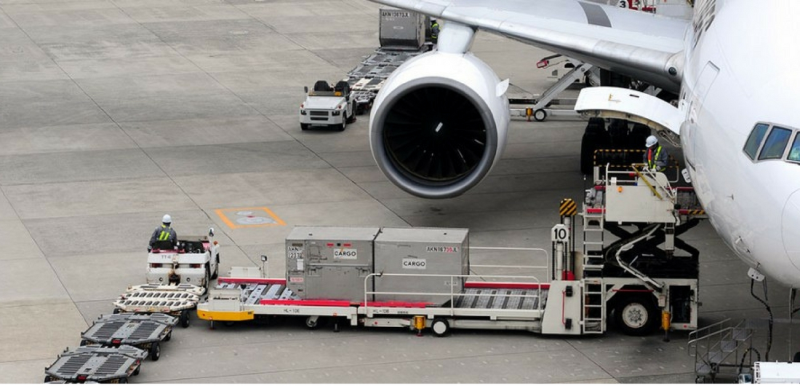 Specifiers working in the pharmaceutical supply chain have been urged to ‘look beyond R values’ when specifying thermal protection solutions.
Specifiers working in the pharmaceutical supply chain have been urged to ‘look beyond R values’ when specifying thermal protection solutions.
The advice, from TP3 Global, one of the world’s leading suppliers of thermal pallet cover solutions, is designed to help specifiers make informed choices in the absence of any formal industry standards for thermal protection solutions.
The continued increase in the availability of temperature-controlled distribution lanes within the global pharmaceutical supply chain has seen a corresponding growth in thermal protection solutions in recent years. Thermal protection covers are viewed by many in the pharma supply chain as a more cost-effective option compared to temperature controlled packaging and a viable way of mitigating the effects of inevitable ‘breaks’ within controlled lanes.
However, whilst the development and qualification of temperature-controlled packaging solutions has robust and recognised standards to which specifiers can refer, such standards for thermal protection solutions have not yet been developed, which makes comparison between different products difficult.
Kevin Valentine, chief technical officer at TP3 Global, said that specifiers have fallen back on using R values, but that these must be accompanied by other criteria. “R value is the common measure of performance assessment being requested by customers deploying thermal protection solutions, however it should be considered as only part of the story.
“The R Value is a measure of a material’s ability to resist heat transfer by conduction, with the higher the number equating to more protection. There are a number of risks with just using R values, including problems of confusing imperial units with International Standard of Units (SI) and also with the different test methods being used.”
However, Valentine said the key issue is that thermal covers are designed to protect against three sources of heat exchange, radiation, convection and conduction, with R values only measuring the latter.
“R values do not take into consideration the importance of both convection and radiation, which specifically relates to potential breaks within controlled distribution lanes,” he added.
“Exposure to direct sunlight is a major source of radiated heat transfer and is a threat within any break in a controlled lane. It is not uncommon for the temperature in direct sunlight to be 15-20C hotter than the ambient temperature within the shade. A break in a controlled lane on a warm summer’s day could see a pallet exposed to direct sunlight temperatures of 50-60C, even in temperate regions. A thermal cover’s ability to reflect radiated heat is of major importance, as is its potential to emit heat, known as the emissivity value.”
Testing conditions can also play an enormous role in determining the ultimate R value, continued Valentine. “A material tested with a 25mm air gap between its surface layers and the testing device will show a higher R value in comparison to a material with no air gaps. Thermal conductivity of materials can also change at different temperatures. The R value of a material can differ by as much as 10 per cent when tested at hot (above 25C) or cold (below zero) temperatures. It is very important for specifiers to understand which method of test has been used.
“I would urge specifiers to look beyond R values during performance assessment. It is important to fully understand the limits of R values, the performance data being used and its origins, as part of the performance assessment and implementation of thermal protection products. This will help reduce risk and improve quality, whilst also reducing costs within the distribution of temperature sensitive pharmaceutical products.”


